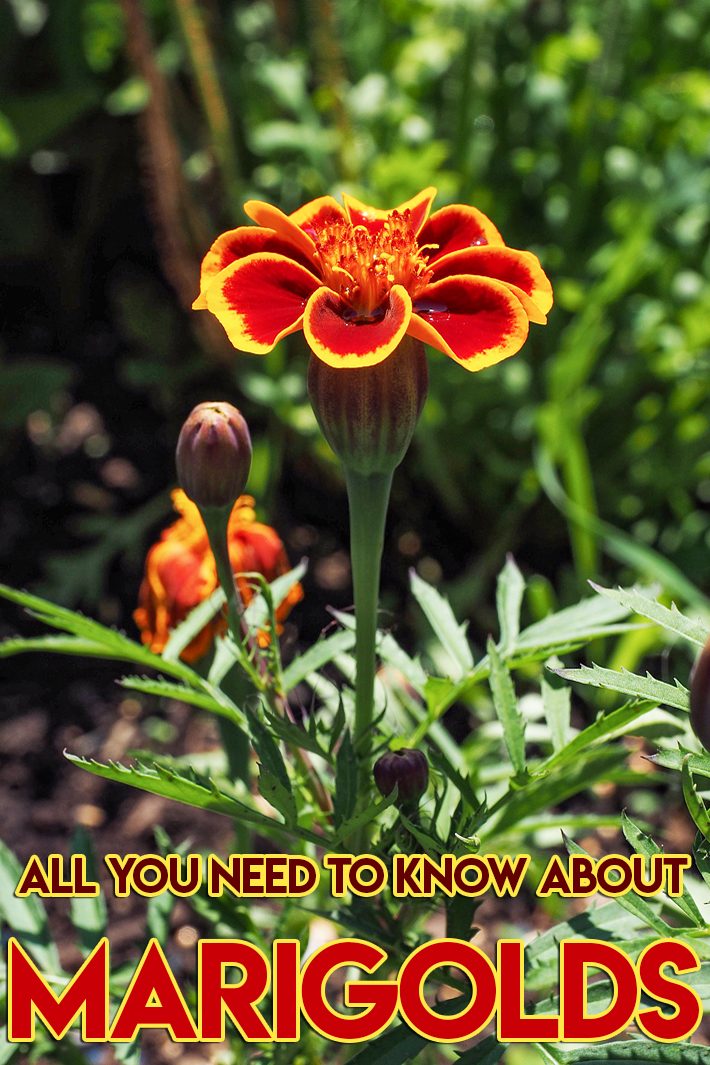
Marigolds are incredibly easy-going and reliable under a wide range of growing conditions. Once planted, marigolds grow rapidly with no fuss. Most thrive in full sun, taking hot, sunny exposures in stride. Marigolds can even handle the reflected heat and light of paved surfaces as long as they get regular moisture. However, marigolds will tolerate up to 20% shade if there is bright light the rest of the day. In fact, lovely white ‘Snowdrift’ actually prefers some afternoon shade in regions where summers are extremely hot.
Marigolds are not at all fussy about soil, accepting poor to average soil without complaint as long as it is not constantly soggy. In fact, marigolds bloom more and better in poorer soil. Too rich a diet stimulates lush foliage growth at the expense of flowers.
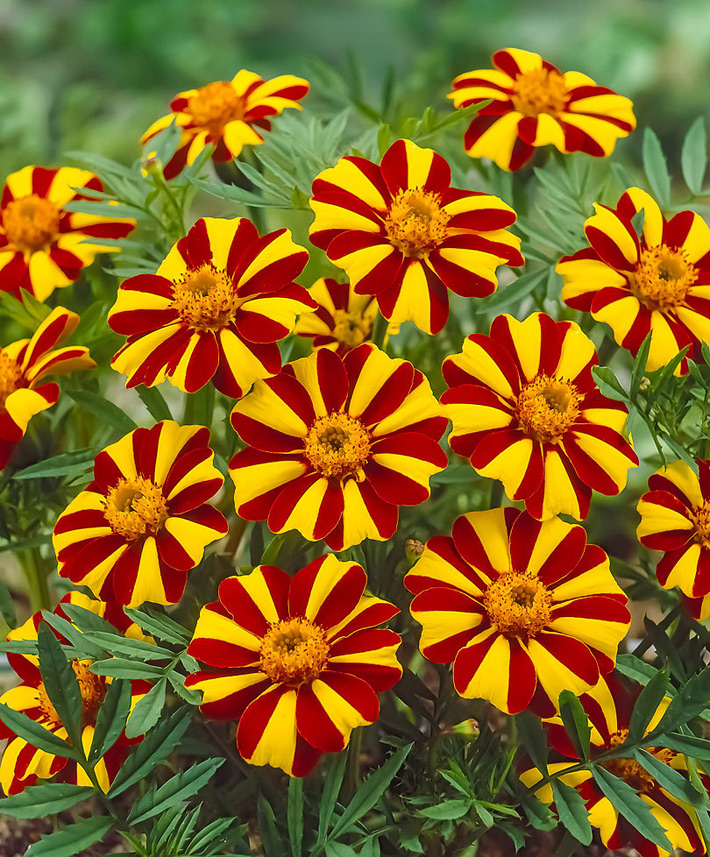
Marigolds History
Marigolds and the W. Atlee Burpee Seed Company are practically synonymous. As early as 1905 Burpee offered the first truly double large marigold ‘Lemon Gold’ (once available as an heirloom variety).
In 1939, Burpee introduced the first hybrid marigold, followed within a few years by a maroon-streaked, yellow French marigold. As part of its longtime search for a true white marigold, Burpee launched a national contest in 1954. The $10,000 prize for the seed of a truly white marigold was finally awarded to an Iowa gardener in 1975. David Burpee, son of the company founder, W. Atlee, launched an energetic campaign to have the marigold designated as the national flower.
In the end, rose enthusiasts carried the day. Nevertheless, marigolds continue to be hugely popular in American yards and gardens.
MARIGOLD SEEDS OR PLANTS?
With seeds so easy to handle, marigolds are frequently used in gardening programs for children or the elderly. While it is very easy, starting marigolds from seed indoors offers no real advantage because they germinate so quickly outdoors. Seeds sown directly into the garden about 1-inch apart sprout within days in warm weather and plants bloom in about 8 weeks.
For best results, thin or transplant young marigolds while they are still small, spacing French and Signet types 8 to 10 inches apart. Larger American varieties should be at least 10 to 12 inches apart. Marigolds grown in containers can become a bit crowded.
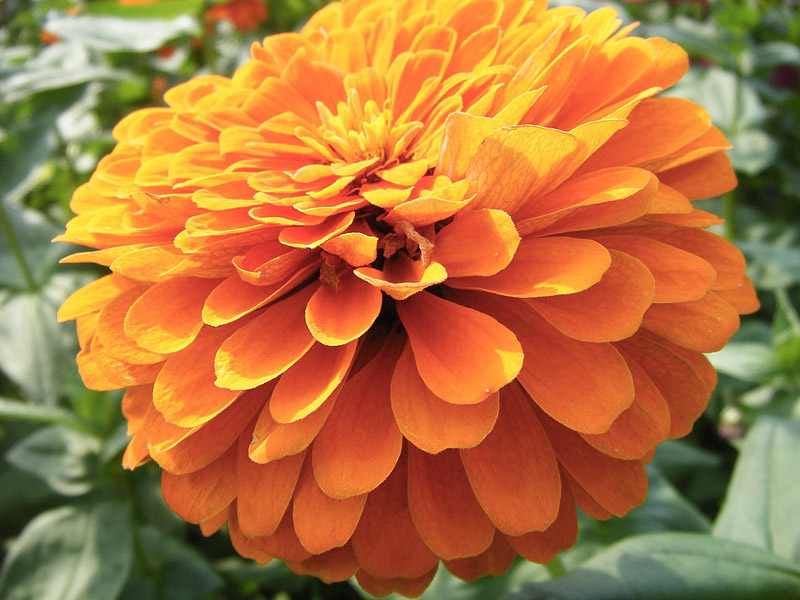
CULTIVATION
Plant or transplant young marigold plants outdoors after all danger of frost is past and the soil has warmed and dried out a bit. French and signet types can be planted anytime through midsummer but the tall American marigolds are best planted right away in the spring because they are slower to mature. Plant on an overcast day to protect the marigold seedlings from the stress of hot sun while they cope with transplant shock.
Prepare the soil by digging down about 6 inches to loosen and aerate it. Remove stones and debris and mix in some granular fertilizer. A 5-10-5 works fine. Set each marigold plant in a hole the size of its rootball and firm soil gently over the roots for support. Then thoroughly water each plant. Plant marigolds in containers in a soilless potting medium. Either mix in slow-acting granular fertilizer at planting time or plan to water in diluted liquid fertilizer periodically.
MARIGOLD GROWING TIPS
A one or two inch layer of any organic material spread over the bare soil between marigold plants will discourage weeds and help keep soil moist. This mulch is most helpful when plants are young before their foliage grows bushy and shades the soil. Water marigold plants when they are first planted and during period of high heat and drought.
While it is not essential, snipping off the dead blossoms of American type marigolds improves their appearance and stimulates new blooming. Also, as sturdy as they are, American types sometimes need staking to withstand strong winds and heavy rains, or disturbance from foot traffic. Choose unobtrusive small stakes, about 2 feet long and insert them in the soil next to the stem of each plant deeply enough so that they are a bit shorter than the full height of the mature marigold plants. Loop soft fabric or plastic ties around the stake, then the stem and tie to the stake.
INSECTS & DISEASES
Marigolds have few disease and pest problems if they are properly grown. Occasionally soggy soil or pest insects will induce one of several fungal infections, signaled by discolored spots, a coating of mildew or wilting on the foliage. The best defense is to keep down weeds and to plant marigold where drainage is good. American marigolds tend to be more susceptible than other types to problems.
Mites and aphids sometimes infest marigolds. Usually a spray of water or an insecticidal soap, repeated every other day for a week or two, will solve the problem.

MARIGOLD HARVEST TIPS
Marigolds make excellent cut flowers for both live and dried arrangements. For live bouquets, cut newly opened blooms early in the morning and immediately set the stems in a jar of warm water. Later, strip the stems of lower leaves that might foul the water and arrange the flowers in a vase with fresh water. Marigolds will last up to a week- even longer if you add some floral preservative to the vase water.
Marigolds are great for dried arrangements and floral crafts. Cut perfect blossoms at their peak; remove foliage from the stems; and hang upside down in a warm, dry place such as an attic until dry. The flowers will shrink a bit, but their color will remain strong. Insert wire into the marigold stems if needed for support in an arrangement.
RECIPES & STORAGE
Signet marigolds appear on many lists of edible flowers. The petals from their tiny flowers add bright color and a spicy tang to tossed salads. Chopped, the petals make a tangy garnish for boiled eggs, steamed vegetables or fish dishes. Use only homegrown flowers to insure they are free of chemical pesticides. Use caution if you tend to be allergic to various grasses and other plants.
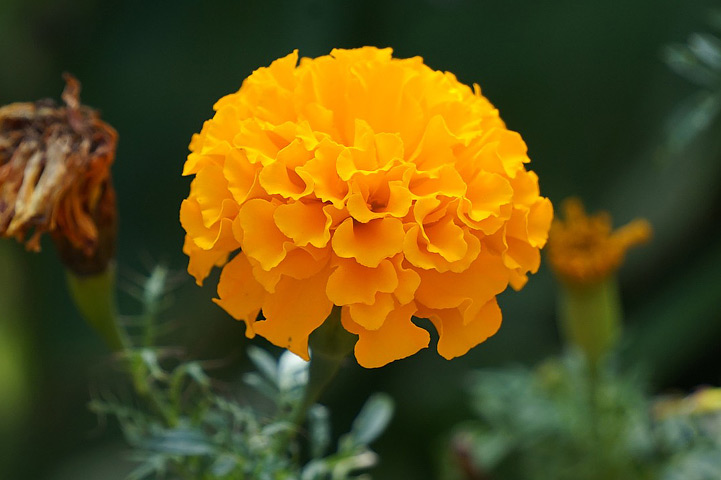
If you like this post, please give it a five star review and help me share it on facebook!

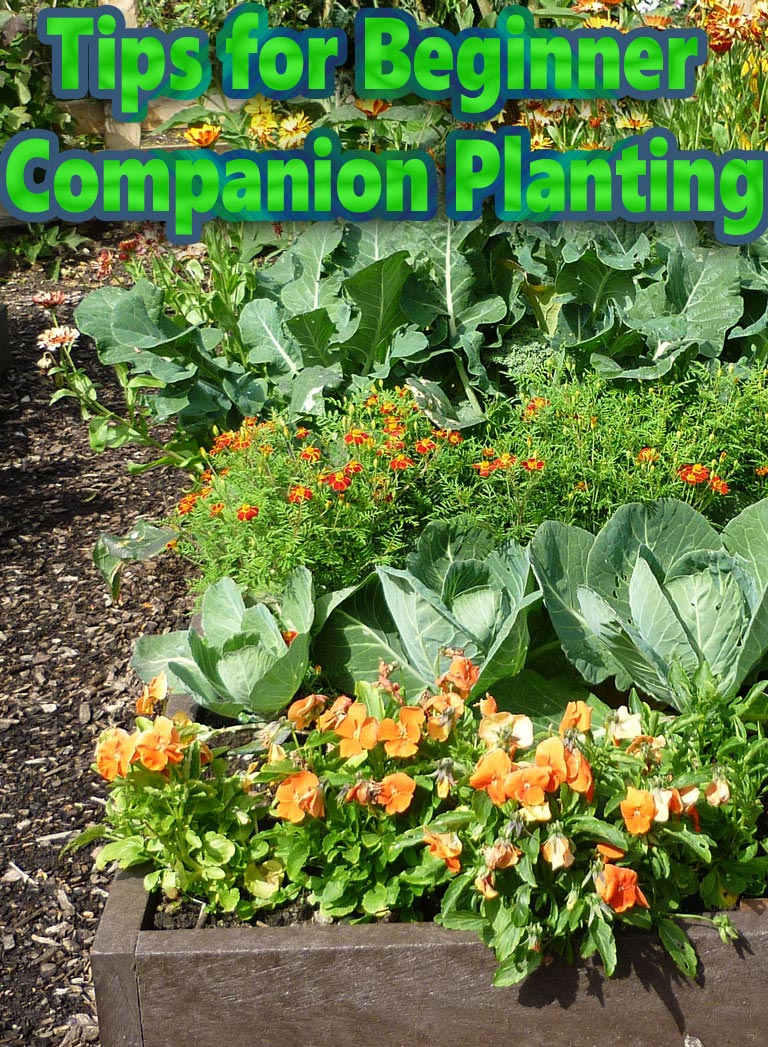


Interesting article. I would like to try the white marigolds in my garden. I am in the planning period now. Where are these available?